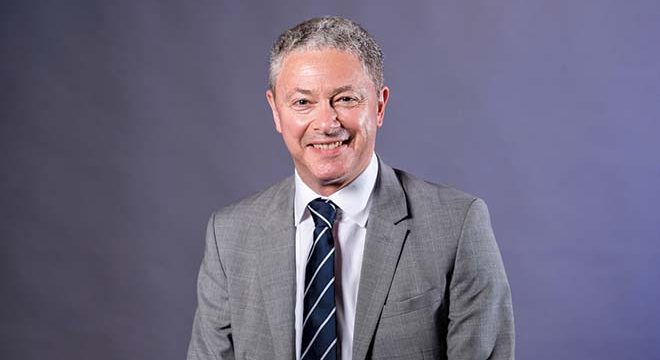 This Wednesday the clubs in membership of the RFL will meet for a Rugby League Council meeting in Salford.
The clubs can expect to be addressed by RFL Chairman Simon Johnson (above), who will no doubt inform the membership about the search for a replacement for the departing Chief Executive Ralph Rimmer and Karen Moorhouse, its Director of Operati
This Wednesday the clubs in membership of the RFL will meet for a Rugby League Council meeting in Salford.
The clubs can expect to be addressed by RFL Chairman Simon Johnson (above), who will no doubt inform the membership about the search for a replacement for the departing Chief Executive Ralph Rimmer and Karen Moorhouse, its Director of Operati What will IMG tell the clubs this week?
 This Wednesday the clubs in membership of the RFL will meet for a Rugby League Council meeting in Salford.
The clubs can expect to be addressed by RFL Chairman Simon Johnson (above), who will no doubt inform the membership about the search for a replacement for the departing Chief Executive Ralph Rimmer and Karen Moorhouse, its Director of Operati
This Wednesday the clubs in membership of the RFL will meet for a Rugby League Council meeting in Salford.
The clubs can expect to be addressed by RFL Chairman Simon Johnson (above), who will no doubt inform the membership about the search for a replacement for the departing Chief Executive Ralph Rimmer and Karen Moorhouse, its Director of Operati 